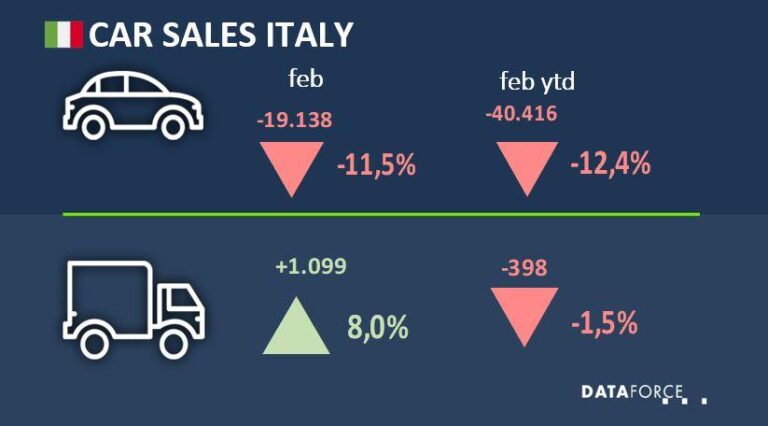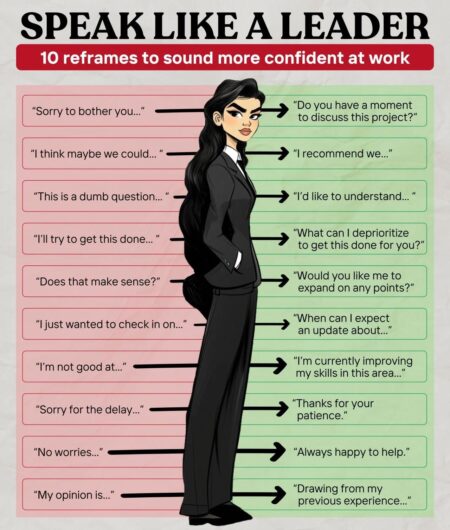Italy’s new car sales experienced a notable decline in July, dropping by 5.11% compared to the same month last year, according to the latest data released by Reuters. This downturn reflects ongoing challenges in the automotive sector amid shifting consumer preferences and broader economic uncertainties. The figures underscore the pressures facing Italy’s car market as industry stakeholders navigate a complex landscape marked by supply chain disruptions and evolving regulatory demands.
Italy’s New Car Sales Decline Reflects Broader Economic Challenges
July witnessed a notable 5.11% decline in new car registrations across Italy, underscoring persistent headwinds in the automotive sector. Industry experts attribute this downturn to a combination of inflationary pressures, rising fuel costs, and consumer uncertainty fueled by geopolitical tensions. The contraction not only highlights issues within the car market but also mirrors the broader challenges facing the Italian economy, including stagnant wage growth and cautious consumer spending patterns.
Several key factors have coalesced to create a challenging environment for car buyers:
- Increased interest rates impacting financing options
- Supply chain disruptions contributing to higher vehicle prices
- Shift towards sustainable transport causing hesitation in traditional vehicle purchases
| Month | New Car Registrations (%) |
|---|---|
| May | +1.3% |
| June | -2.8% |
| July | -5.11% |
Looking ahead, the industry anticipates continued volatility as economic recovery remains uneven, and consumers weigh their options amid growing environmental concerns and evolving mobility trends. Policymakers and manufacturers alike face pressure to adapt strategies that stimulate demand while addressing the underlying economic fragility reflected in these figures.
Impact of Supply Chain Disruptions on Automotive Market Performance
Ongoing supply chain disruptions continue to exert a tangible drag on Italy’s automotive sector, contributing significantly to the latest slump in new car registrations. Key bottlenecks such as semiconductor shortages, limited raw material availability, and shipping delays have amplified production lead times and increased vehicle costs. These challenges have forced manufacturers to scale back output, creating a ripple effect down the sales funnel as dealerships face inventory gaps and restricted model options.
Critical factors impacting market performance include:
- Prolonged global semiconductor scarcity impacting vehicle electronics
- Elevated logistics costs driving price inflation
- Delayed deliveries causing consumer hesitancy and order cancellations
| Supply Chain Factor | Impact on Production | Effect on Sales |
|---|---|---|
| Semiconductor Shortage | Reduced electronic assembly capacity | Lower availability of connected cars |
| Raw Material Delays | Interrupted vehicle manufacturing | Longer wait times for customers |
| Shipping Disruptions | Inventory replenishment delays | Price volatility and reduced consumer confidence |
Strategies for Revitalizing Italy’s Auto Industry Amid Falling Sales
To counteract the ongoing decline in new car sales, Italian automakers and policymakers must prioritize innovation and sustainability. Embracing electric vehicle (EV) technology with attractive incentives can accelerate consumer adoption. Strategic partnerships with tech companies and startups focused on autonomous driving and smart mobility solutions could also place Italy at the forefront of the evolving automotive landscape. Additionally, investing in modern manufacturing techniques and upskilling the workforce will improve production efficiency and product quality, helping regain market confidence.
Revitalization efforts can further benefit from targeted support measures that stimulate demand. Below are key actions that could spark growth:
- Tax breaks and subsidies for EV purchases and green vehicle upgrades
- Enhanced charging infrastructure nationwide to ease range anxiety
- Promotion of domestic brands through international marketing campaigns
- Flexible financing options to make new vehicles more affordable
| Strategy | Expected Impact | Timeframe |
|---|---|---|
| EV Incentive Programs | Increased EV sales by 20% | 1-2 years |
| Charging Network Expansion | Improved consumer confidence | 2-3 years |
| Marketing Domestic Brands | Boost export numbers | 1 year |
Future Outlook
As Italy’s automotive market faces a notable decline in new car sales, the 5.11% drop in July signals ongoing challenges for the industry amid economic uncertainties and shifting consumer preferences. Analysts will be watching closely to see how manufacturers and dealers adapt in the coming months as they navigate a landscape marked by evolving regulations and the gradual transition toward electric vehicles.




